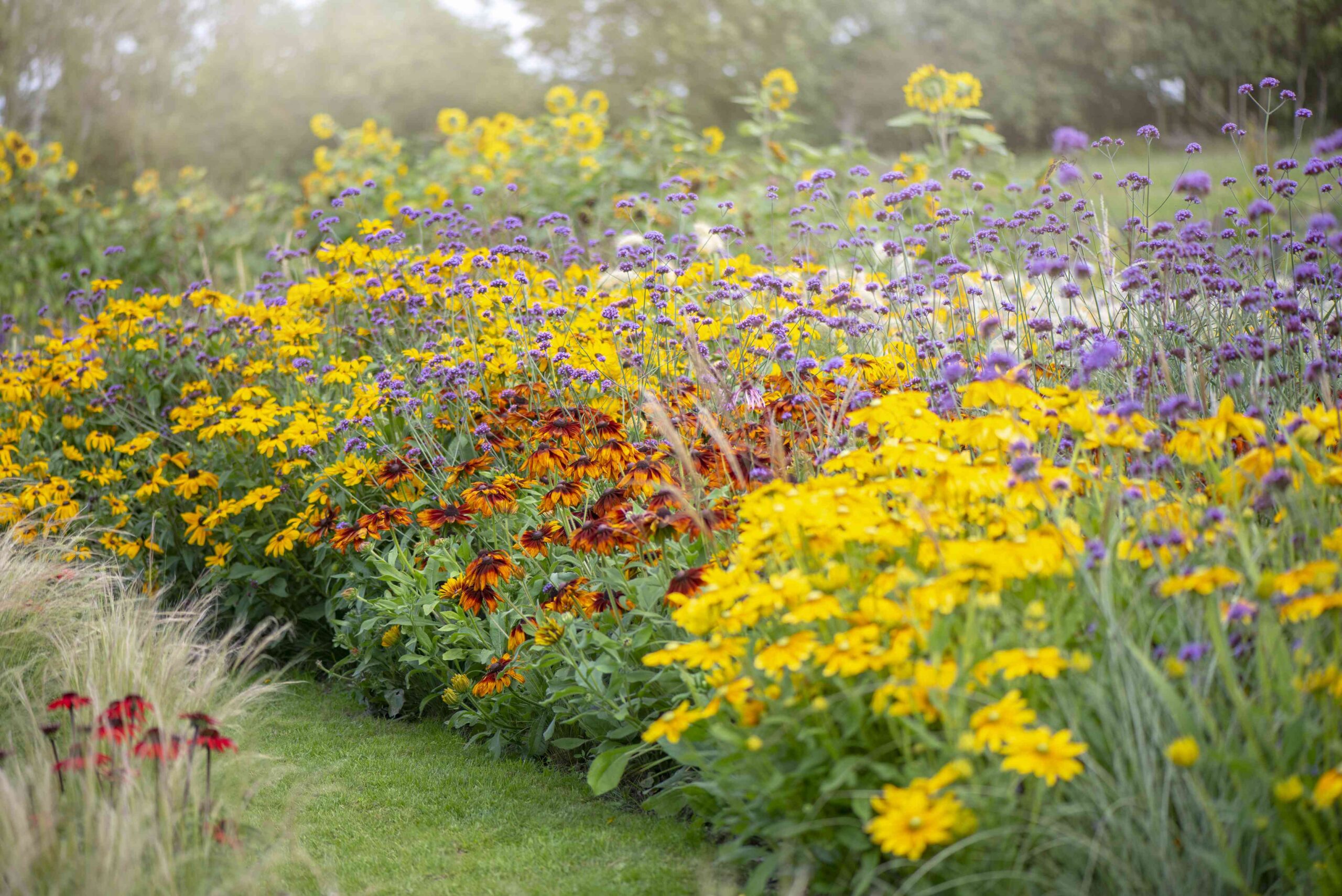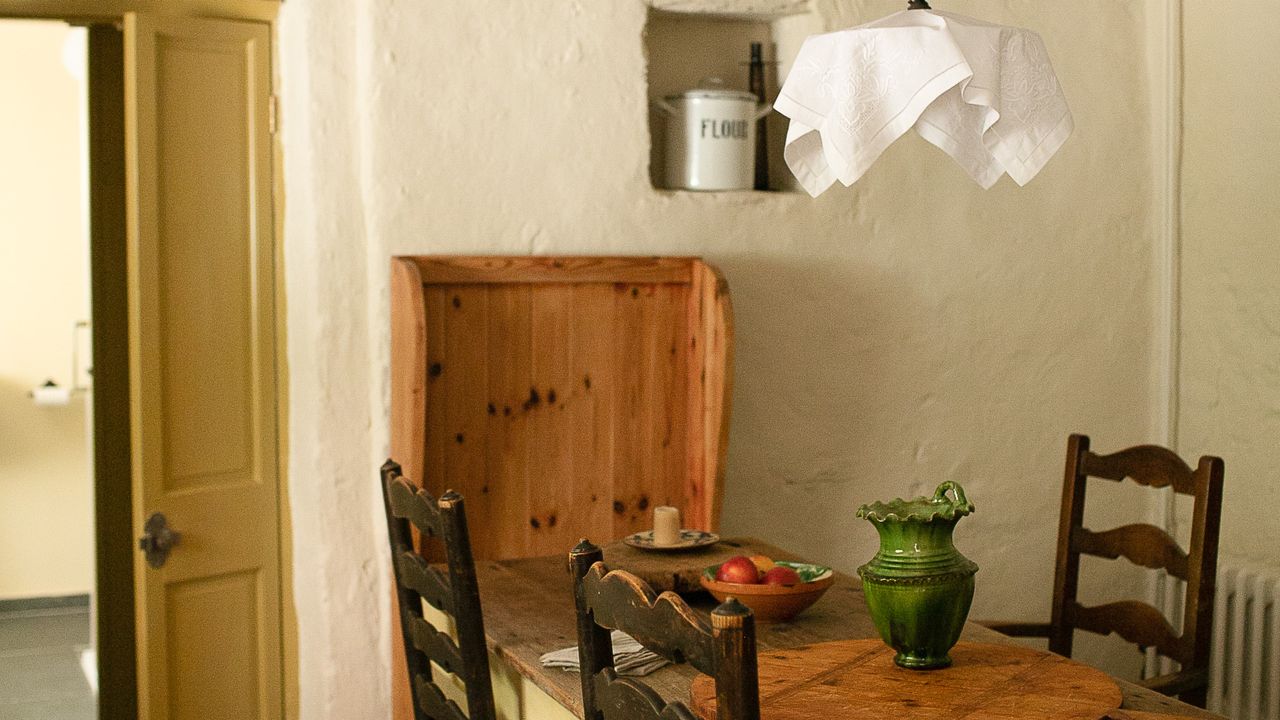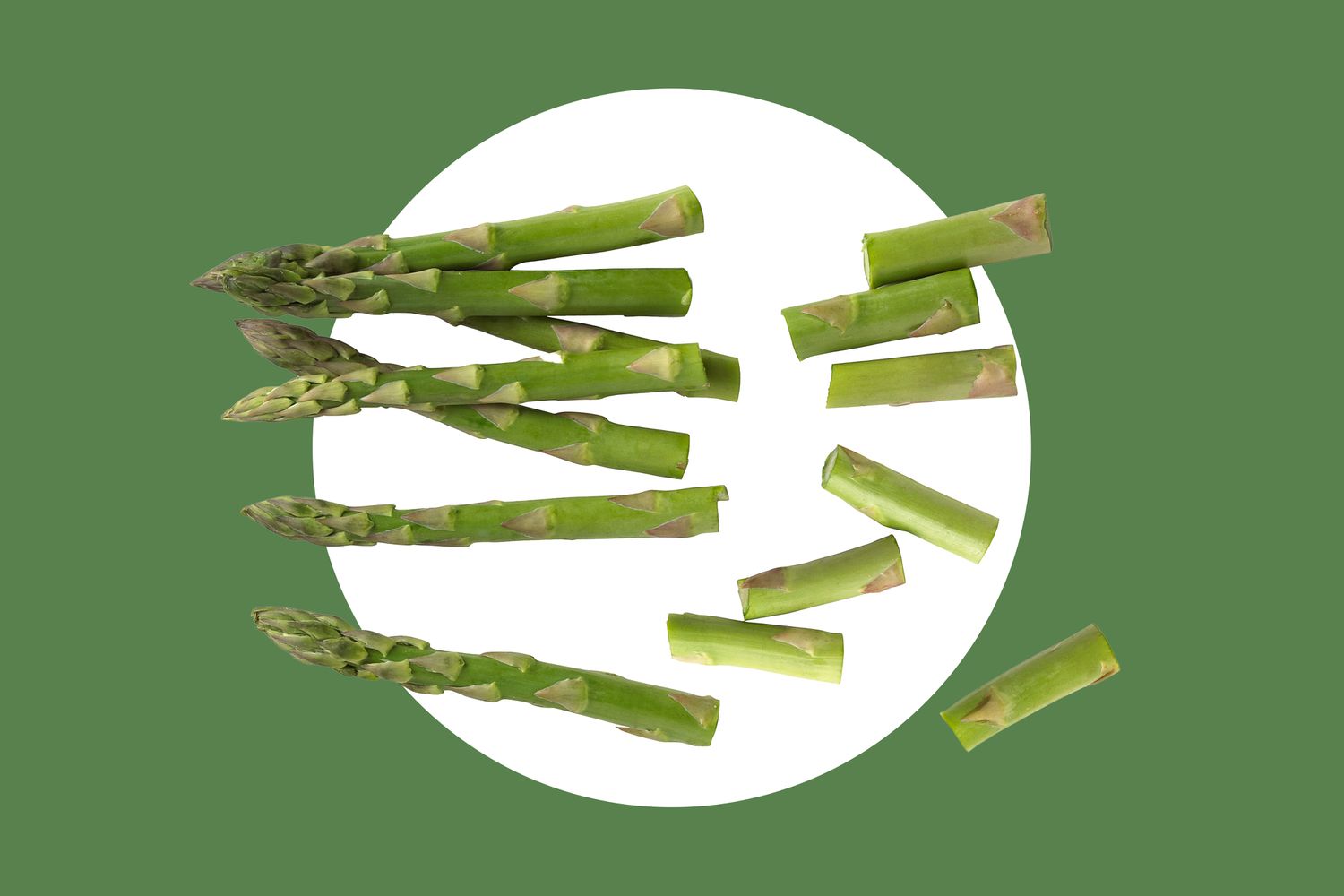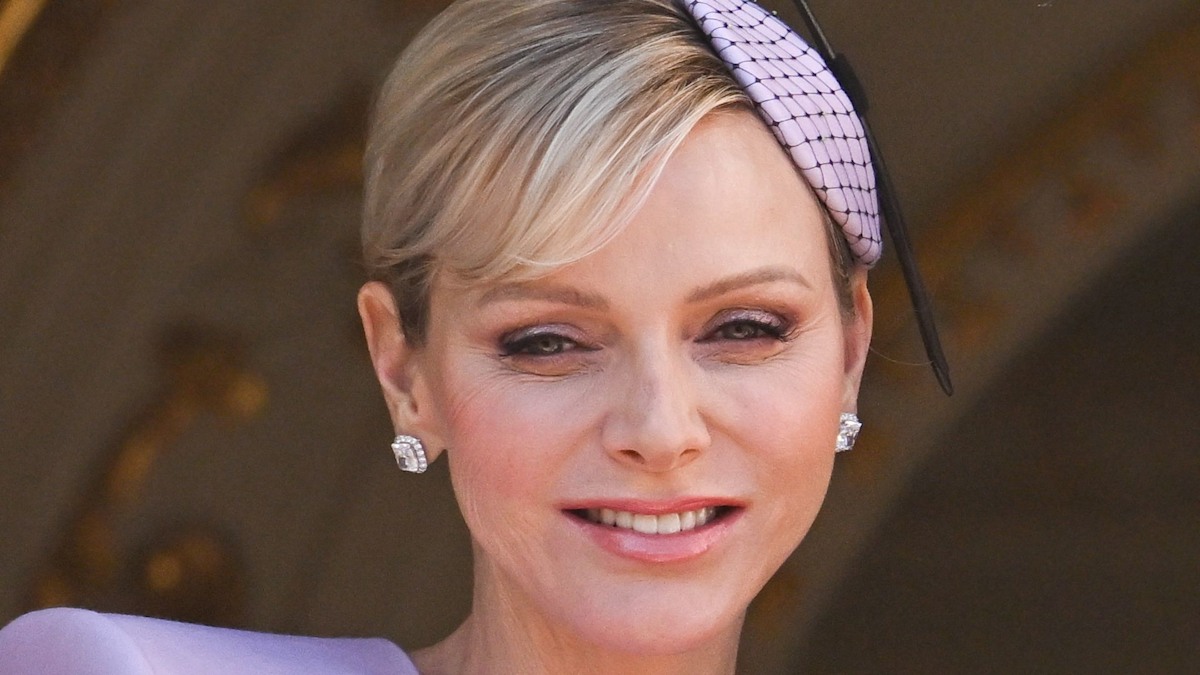
It’s Almost Time to Plant Perennials—Why Pros Say You Shouldn’t Wait Much Longer
- The best time to plant perennials depends on your hardiness zone, but generally is spring and fall.
- The type of perennial and whether you’re planting seeds or plants makes a difference to timing.
- Keep perennials in pots before transplanting them to the garden to ensure they’re their strongest.
Perennials are the backbone of any garden or landscape, so it’s essential to know how to care for them properly. This includes when they should be planted and, more importantly, when they should not be planted to give them the best chance of survival.
Ultimately, the best time to plant perennials will depend on a few factors, but you can follow a few general guidelines to help get you started.
Here’s what you need to know about the best times to plant perennials in your garden, according to gardening experts.
Meet the Expert
- Ryan Harden is a gardening expert and owner of The Harden Garden, an online shop specializing in rare, lush, easy-care houseplants.
- Anna Hackman is a retired Rutgers Master Gardener and current farmer and managing member at The Naked Botanical.
Know Your Hardiness Zone
It’s important to know and understand your local climate and the hardiness zone for your area. Your hardiness zone can be easily determined by checking out the USDA Hardiness Zone Map and the more specific hardiness zone map for the state where you live.
This will give you a starting point for the perennials that will do best in your garden and when you should plant them.
For example, regions that experience cold winters and frost have different guidelines for planting perennials than regions that are warm year-round. Areas that experience scorching summer heat have unique guidelines for planting during the summer, which likely won’t apply in cooler regions.
In general, you should avoid planting perennials during the most extreme temperatures of the year. This applies to both hot and cold temperatures.
That means spring and fall are usually the best times to plant perennials, depending on the type of plant and whether you are starting from seed or planting established nursery starts.
“While autumn provides cooler weather for the roots to settle, planting in spring allows enough growing time prior to the onset of summer’s heat,” says Ryan Harden, gardening expert and owner of The Harden Garden.
Want more gardening tips? Sign up for our free gardening newsletter for our best growing tips, troubleshooting hacks, and more!
Consider the Type of Perennial
Maya Karkalicheva / Getty Images
You’ll also need to consider the type of perennial when determining the best time to plant it in the garden. For example, early-blooming perennials like dianthus, phlox, and spring bulbs (such as daffodils, tulips, hyacinths, etc.) are best planted in the fall to allow plenty of time for the plant to establish before spring.
In contrast, late summer and fall-blooming perennials like asters, black-eyed susans, sedum, coneflower, and chrysanthemums can be planted in early spring.
Remember that these guidelines may vary depending on your region, so it’s always best to research the recommended time frame for the perennials you are looking to plant in your garden.
Sowing Seeds vs. Planting Nursery Starts
Lastly, the ideal time for planting perennials in the garden will depend on whether you are working with established plants from the nursery or starting from seed. Another general rule of thumb is to sow seeds in fall and plant established nursery starts in spring.
“A lot of seeds have a germination process that requires a cold stratification phase, so that timeframe is best,” Harden says. “In contrast to sowing seeds, planting established starts gives more garden impact and can be planted from spring until early summer.”
However, the optimal time to plant seeds in the garden varies based on the perennial. For instance, late-blooming chrysanthemums are typically best started from seeds in early spring (indoors before the last frost or outdoors after the threat of frost has passed).
In contrast, perennials such as columbine, bee balm, and yarrow need a cold stratification period and should be sown directly in the garden in the fall before the first frost. The same applies to spring bulbs like tulips and daffodils.
Naturally, these guidelines and the plants mentioned may not apply to significantly warmer regions, where more tropical perennials and evergreens flourish.
Consider Delayed Planting for Seeds
Martin Wahlborg / Getty Images
Anna Hackman, farmer and managing member at The Naked Botanical, suggests that you don’t have to rush into planting your perennial seeds directly in the garden.
If you have the space, growing them in pots until they are established is a fantastic way to ensure they are hardy enough to thrive in the garden. After sowing in pots during late winter or early spring, she keeps them in containers until they become established.
“Perennials tend to be small the first year,” Hackman says. “I wait to plant them into their forever home until either September, when it is cooler, or the following spring. If you want to wait until the following year, plant them in their pots in the ground, or preferably a raised bed, before frost.”
With these guidelines in mind, it’s important to research the best time to plant the specific perennial you wish to grow. Not all perennials are the same, so care and diligence are needed to ensure you provide them with the best head start possible in your garden.










